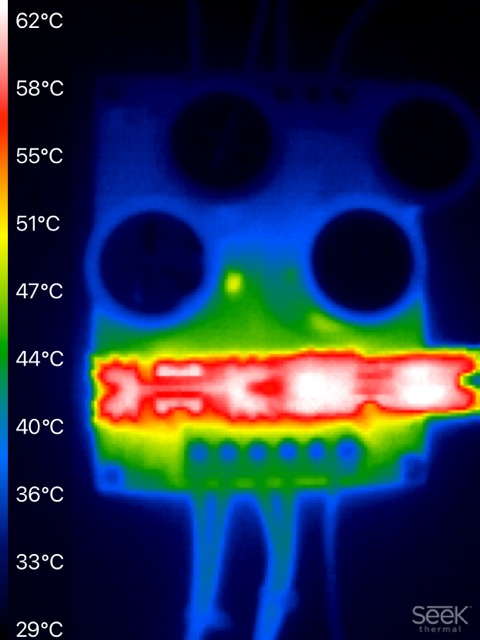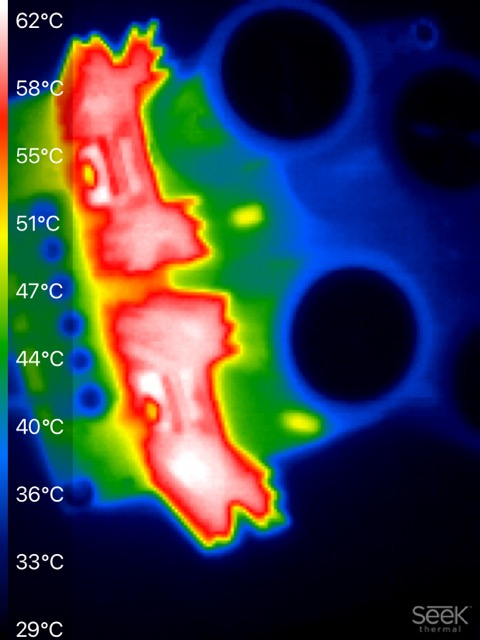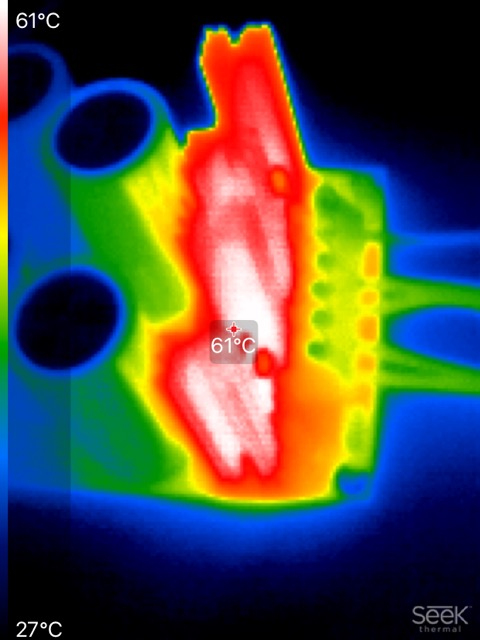Saw these recommended elsewhere ...
DC Link Capacitors
330uF rated at 1kV! 84 bucks, however ...
Designed for load balancing in electric cars, so designed to be tolerant of harsh conditions.
I also saw that there are a lot more choices for cheap electrolytic caps with 105C ratings up to 550VDC these days, somehow linked to LED technology. A new golden age of caps!
DC Link Capacitors
330uF rated at 1kV! 84 bucks, however ...
Designed for load balancing in electric cars, so designed to be tolerant of harsh conditions.
I also saw that there are a lot more choices for cheap electrolytic caps with 105C ratings up to 550VDC these days, somehow linked to LED technology. A new golden age of caps!
Last edited:
Are we designing a Formula One Engine?
It may not last until the end of the race.
And the repair price, $$$
Or are we designing a touring car that can do 100,000 miles at 63MPH (100 Kilometers/hour).
The same goes for vacuum tube amplifiers.
Design what you want, and get what you designed.
Math and physics are generally known, and too much stress gets !@#%^&* curse words.
Just my opinion.
It may not last until the end of the race.
And the repair price, $$$
Or are we designing a touring car that can do 100,000 miles at 63MPH (100 Kilometers/hour).
The same goes for vacuum tube amplifiers.
Design what you want, and get what you designed.
Math and physics are generally known, and too much stress gets !@#%^&* curse words.
Just my opinion.
Last edited:
You might enjoy owning and using an infrared camera. It'll tell you how hot your electrolytic capacitors actually are. I bought one called "SEEK", which attaches to a smartphone and uses the smartphone's screen. Which means the camera costs less because it has no screen.
Here we see a solid state power supply, with four solid state diodes mounted on two vertical heatsinks. One diode on the front and one diode on the back, of two heatsinks. The PSU is delivering about 220 watts to an electronic load (with lots of fans). You can see that the diodes get hot, the heatsinks get slightly less hot, and the nearby electrolytic capacitors get not quite as hot. The third photo uses a camera mode that will "mark the hottest spot on this image" -- and there it is, on the mounting tab of the TO-220 packaged diode, at 61 degrees Celsius. The nearby electrolytic caps get up to 52 degrees C (yellow-orange) in places.
Click on each image to see it full size.



Here we see a solid state power supply, with four solid state diodes mounted on two vertical heatsinks. One diode on the front and one diode on the back, of two heatsinks. The PSU is delivering about 220 watts to an electronic load (with lots of fans). You can see that the diodes get hot, the heatsinks get slightly less hot, and the nearby electrolytic capacitors get not quite as hot. The third photo uses a camera mode that will "mark the hottest spot on this image" -- and there it is, on the mounting tab of the TO-220 packaged diode, at 61 degrees Celsius. The nearby electrolytic caps get up to 52 degrees C (yellow-orange) in places.
Click on each image to see it full size.